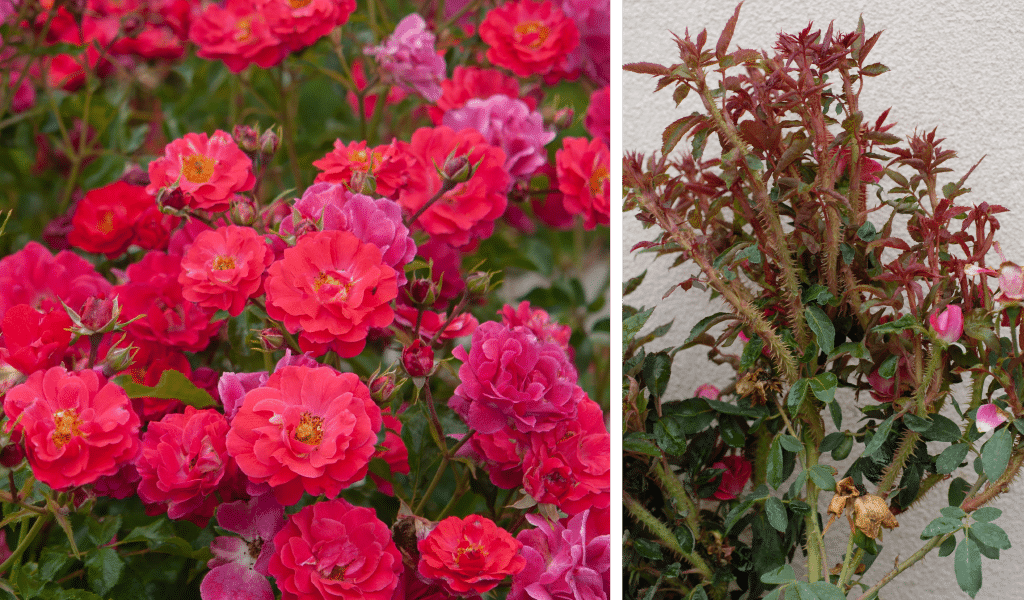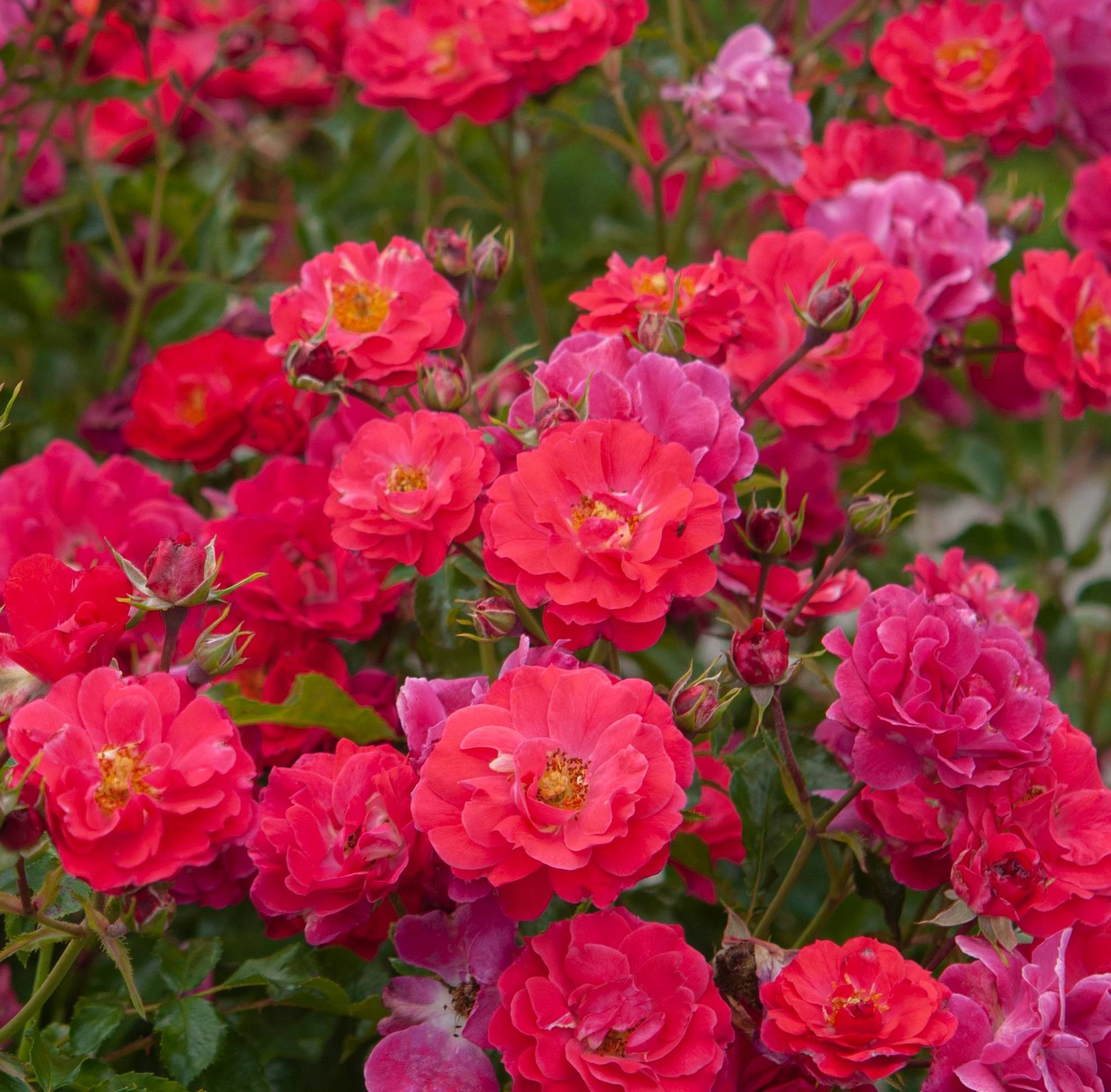What rose rosette is, how to identify it, and how to best protect your garden from this virus.
Gardening is a popular pastime, enjoyed by many for the beauty and serenity it brings to our lives. However, one of the most common pests in gardens is the rose rosette virus. This insidious virus can quickly take over a garden and destroy all of the hard work that has gone into creating it. Here we will discuss what rose rosette is, how to identify it, and how to best protect your garden from this virus.
What is Rose Rosette and How Does It Spread?
The first thing to know about a rose rosette is that it’s not a disease. It’s a virus. Rose rosette is spread by a tiny mite called Phyllocoptes fructiphilus. This mite is so small that it’s barely visible to the naked eye. It feeds on the sap of the rose plant, and when it does, it spreads the virus. Rose rosette virus has been around for many years, but it wasn’t identified until the early 1990s. At that time, it was only known to affect roses in the United States. The first documented case of rose rosette was in Texas in 1942. Multiflora rose (Rosa multiflora) is a common wild host of the disease and has spread throughout much of the U.S. via Multiflora rose, as well similar plants found in parks or garden spaces where there are many flowers growing in proximity together.
The Symptoms of Rose Rosette
The most common and easily identified symptom of this virus is an abnormal growth pattern called “witches’ brooms”. These brush-like clusters originate at or near the same point with leaves that may be stunted, distorted, or pigmented red/yellow coloration. The Witches’ Broom doesn’t follow normal patterns for branching but rather has multiple main branches coming out from one point then splitting off into other shoots.
There are many other symptoms that may indicate the presence of this virus in your garden, including discolored leaves or stems, stunted growths on plants, dead flowers or berries falling off prematurely, and wilting foliage.
List of Symptoms:
- Elongated shoots
- Red or yellow leaf mottle
- Leaf distortion
- Excessive prickles (thorns)
- Succulent, thickened stems
- Witches’ broom (rosette)
- Flower distortion, discoloration, or blight
- Branch dieback
- Reduced winter hardiness
- Increased susceptibility to other diseases

What to do if your Roses Have Rose Rosette
Sadly, if your lovely roses have contracted this virus, there is no cure. One of the most important things you can do is keep an eye out for signs of infection. If you notice that your roses are showing any symptoms listed above, and you have identified the culprit as rose rosette, it is time to remove the roses completely from the garden. Put them in trash bags with enough water so they don’t dry out completely before getting picked up by a garbage truck (this will help prevent spread).
Prevention Tips
Since there is no cure for this nasty virus, the best way to protect your garden from rose rosette virus is by eliminating the risk entirely. Make sure that any new plants you purchase are certified “healthy” and “disease-free.” This means they’ve been tested for viruses such as RHV, which can cause severe damage if left unchecked! Also, don’t plant too close together and make sure there is plenty of space between your roses and other plants. This will help reduce the spread of any viruses that may be present in your garden.
By following these tips, you can help keep your garden healthy and free from rose rosette virus! For more information on this topic, please visit our website or contact us at 770-609-1871 or contact us online.








